Growing Aging Population
The demographic shift towards an aging population is another significant driver for the HDL Cholesterol Kit Market. As individuals age, the risk of developing high cholesterol and related cardiovascular conditions increases. This demographic trend is prompting healthcare providers to recommend regular cholesterol screenings, thereby increasing the demand for HDL cholesterol kits. According to demographic studies, the proportion of older adults is expected to rise substantially in the coming years, leading to a higher prevalence of age-related health issues. Consequently, the HDL cholesterol kit market is likely to experience growth as healthcare systems adapt to the needs of an aging population, emphasizing the importance of preventive health measures.
Increased Focus on Personalized Medicine
The shift towards personalized medicine is influencing the HDL Cholesterol Kit Market by promoting tailored health solutions based on individual risk factors. As healthcare moves away from a one-size-fits-all approach, there is a growing recognition of the need for personalized cholesterol management strategies. This trend is likely to drive demand for HDL cholesterol kits that allow individuals to monitor their cholesterol levels and make informed decisions about their health. Furthermore, advancements in genetic testing and risk assessment tools are enabling healthcare providers to offer more customized recommendations for cholesterol management. As personalized medicine continues to gain traction, the HDL cholesterol kit market may see increased adoption as consumers seek to take control of their health in a more individualized manner.
Technological Innovations in Testing Kits
Technological advancements in the development of HDL cholesterol testing kits are significantly influencing the HDL Cholesterol Kit Market. Innovations such as point-of-care testing and home testing kits are making it easier for individuals to monitor their cholesterol levels without the need for laboratory visits. These advancements not only improve convenience but also enhance the accuracy and reliability of cholesterol measurements. The introduction of user-friendly devices that provide instant results is likely to attract a broader consumer base, including those who may have previously avoided testing due to inconvenience. As technology continues to evolve, the HDL cholesterol kit market is expected to expand, driven by the demand for more efficient and accessible testing solutions.
Government Initiatives and Health Policies
Government initiatives aimed at promoting cardiovascular health are playing a crucial role in shaping the HDL Cholesterol Kit Market. Many countries are implementing health policies that encourage regular cholesterol screening as part of preventive healthcare measures. These initiatives often include public awareness campaigns that educate citizens about the importance of maintaining healthy cholesterol levels. As a result, there is an increased focus on the availability and affordability of HDL cholesterol testing kits. For instance, subsidized health programs may provide these kits at reduced costs, making them more accessible to the general population. Such government support is likely to drive market growth, as more individuals become aware of the need for regular cholesterol monitoring.
Rising Incidence of Cardiovascular Diseases
The increasing prevalence of cardiovascular diseases is a primary driver for the HDL Cholesterol Kit Market. As heart-related ailments continue to rise, there is a growing emphasis on monitoring cholesterol levels, particularly HDL cholesterol, which is known for its protective effects against heart disease. According to recent health statistics, cardiovascular diseases account for a significant portion of global mortality rates, prompting healthcare providers to recommend regular cholesterol screenings. This trend is likely to bolster the demand for HDL cholesterol kits, as individuals seek to manage their health proactively. Furthermore, healthcare systems are increasingly integrating cholesterol testing into routine check-ups, thereby enhancing the visibility and accessibility of HDL cholesterol kits in the market.


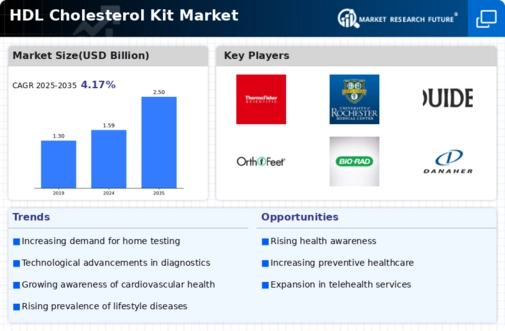
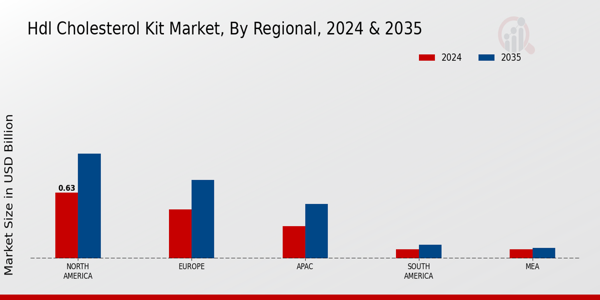
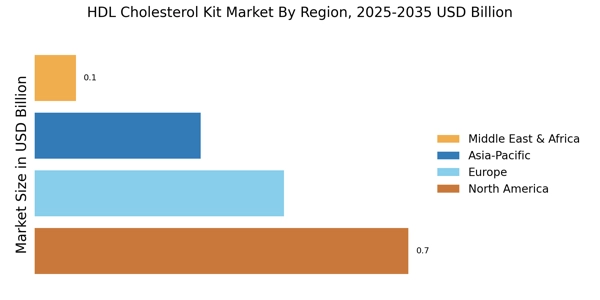

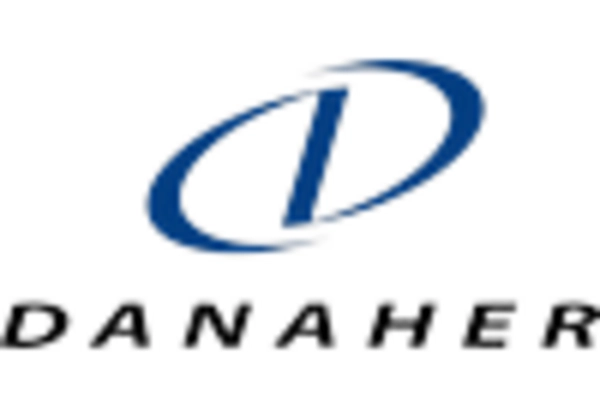
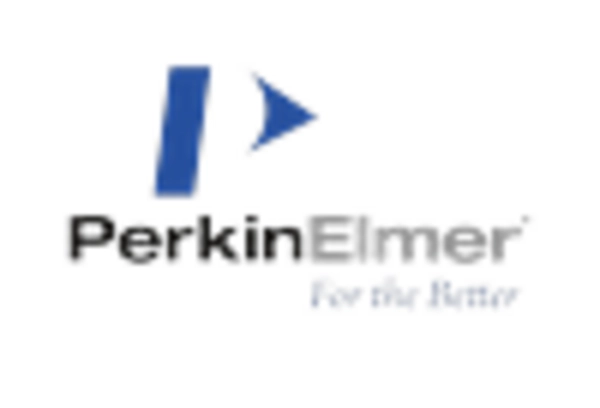











Leave a Comment